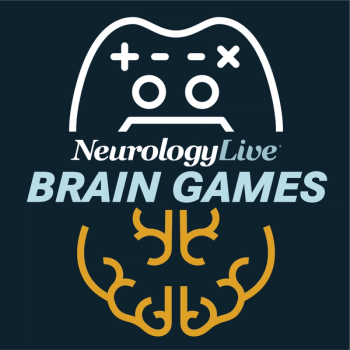
Comparing Neurological Examinations of COVID-19 With Other Viral Infections: Matthew Schindler, MD, PhD
The assistant professor of neurology at the University of Pennsylvania discussed the similarities observed between the results of neurological exams in patients with COVID-19 vs other respiratory infections. [WATCH TIME: 3 minutes]
WATCH TIME: 3 minutes
"When you're seeing patients on the inpatient service, you can kind of approach it just like you would in any other virally infected patient. Things such as a encephalopathy, or particularly a toxic metabolic encephalopathy, with more severe infections, we commonly see this, and that independent of whether it was COVID-19, or another infection, another virus. That was sort of the predominant thing that we saw."
At the
Non-COVID-19 respiratory viruses included Influenza A and B, respiratory syncytial virus, rhinovirus, and adenovirus. Using a frequency and means analysis, the study investigators concluded that stroke was the only diagnosis more common among patients with COVID-19 compared to the rest of the sample (14% vs 9%). Neurology was consulted significantly later in the hospital course of COVID-19 (3.1 vs 0.96 days), despite a higher mortality in the other population (30% vs 19%).
Senior investigator
REFERENCE
1. Emmert B, Gandelman S, Do D, Schindler M. A single center, retrospective analysis of inpatient neurologic consultations of patients infected with SARS-CoV-2. Presented at: 2022 AAN Annual Meeting; April 2-7; Seattle, Washington. Abstract 3171.
Newsletter
Keep your finger on the pulse of neurology—subscribe to NeurologyLive for expert interviews, new data, and breakthrough treatment updates.































